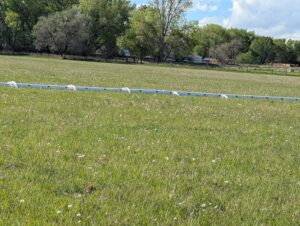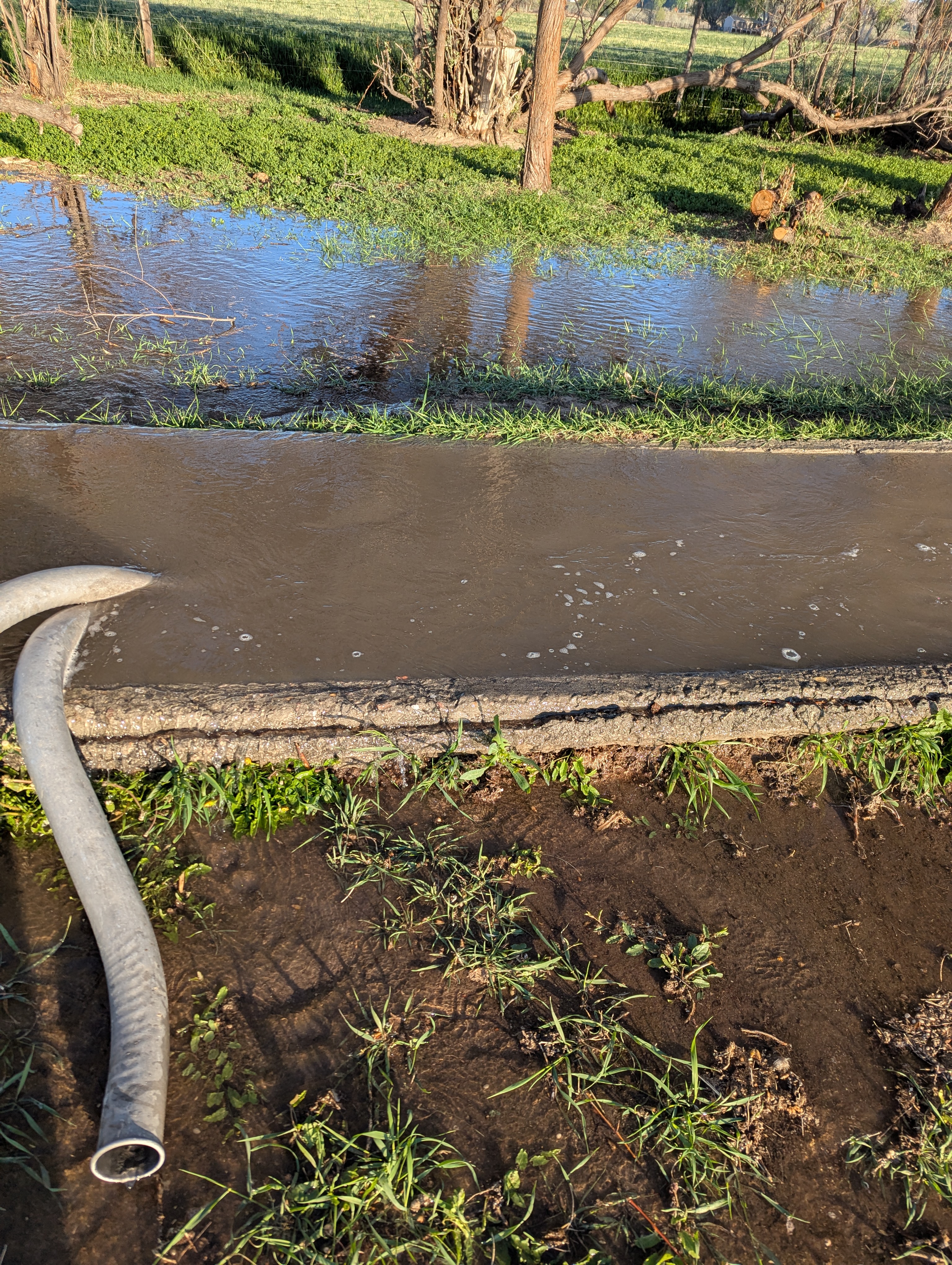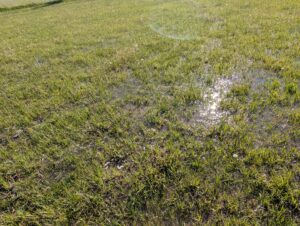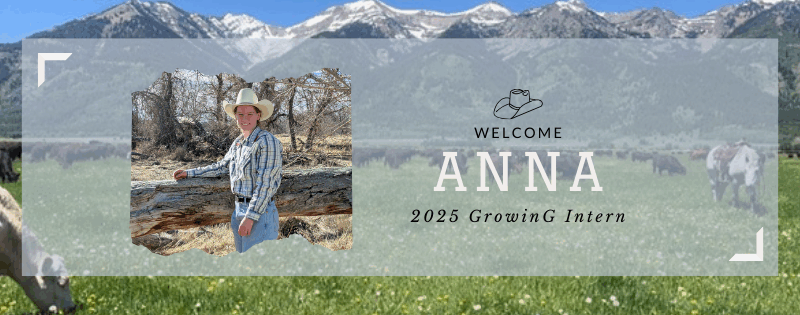Learning Flood Irrigation
#bfrdpwy #aginternship #RightRisk

This first week has been full of new experiences and learning curves. Every day the cows are moved, irrigation pipe set up, and work done in the garden. There is so much to do that the time goes by quickly. The biggest project this week was getting the irrigation pipes set up and ready for when it was my host’s turn for water. He uses flood irrigation to water his fields, which he explained to me was the cheapest irrigation method. Pipe for several pastures had to be loaded onto a trailer pulled by a tractor, drove out to the field, then unloaded and attached to each other, making sure that each pipe goes all the way into the pipe before it.
My host uses eight-inch pipes which are the smallest of the irrigation pipes sizes. They are several feet long, and have little openings in the side covered by black doors to allow the water to come out where it is needed. There are several rows of these pipes, giving my host many options of where to put the water. All of the water comes from two irrigation ditches on his property, which have water flowing in from the main irrigation ditch that the community uses. The water for this main ditch is pulled from the river.

When it was my host’s turn for water, he opened up the gates to his irrigation ditches and some of the pipe doors. We went out every day to check and see how far down the field the water has flowed and if it has reached a certain point. Once that point is reached, my host and I change where the water comes out at, allowing a different section of the field to be watered. This year, his fields seem to be extremely dry because the water is not reaching the same point it has in past years given the same amount of time.
In flood irrigation, I noticed that it is similar to a flash flood. The water pools up and flows down the field based on its slope and topography. We walk through puddles of water that are ankle height most of the time. My host told me that because Wyoming is semi-arid, he needs to irrigate or the grass won’t survive.
I wonder though if there is a better way. The ground around the irrigation ditches is almost completely devoid of vegetation from all of the water that constantly flows over it during irrigation time. My host has also showed me other farms in the area that now have excess salt on their fields because of too much water from flood irrigating. He is combatting that in his field by breaking dry wall over trouble spots because there is a mineral in the dry wall that breaks up the salt. I also wonder what the submersion of the grass has on its long-term health and survivability. I think that flood irrigation and its alternatives are something that I will need to look into more.

I think that the most important thing that I have learned about flood irrigation is that it needs checked about three to four times throughout the day. My host said that the major reason for the salt buildup in fields is because the water is not checked and moved often enough. This is something that I will be sure to keep in mind about flood irrigation moving forward. It will be helpful to me if I decide that that type of irrigation is the best to use on my future ranch.
Submitted by: Anna Agee
Edits by: GrowinG Internship Team

